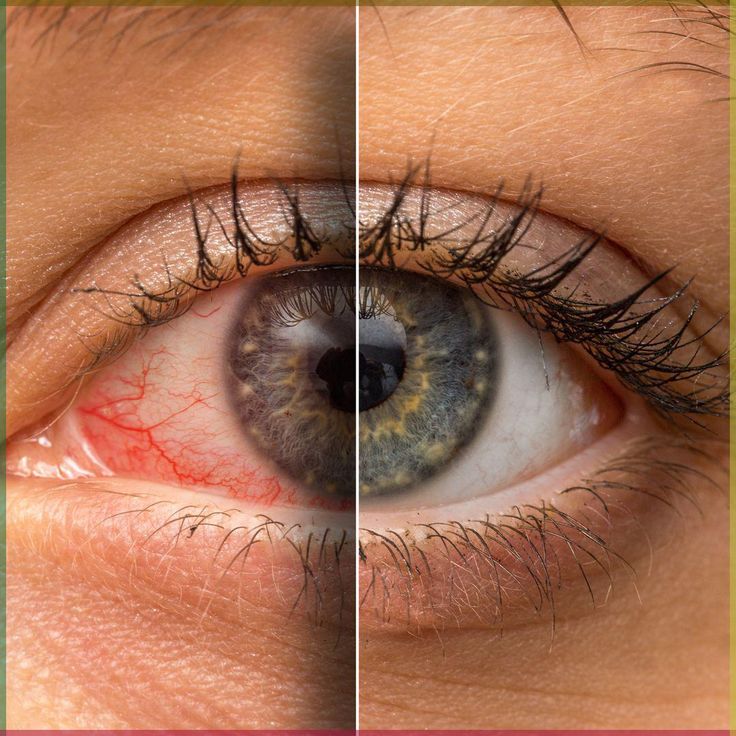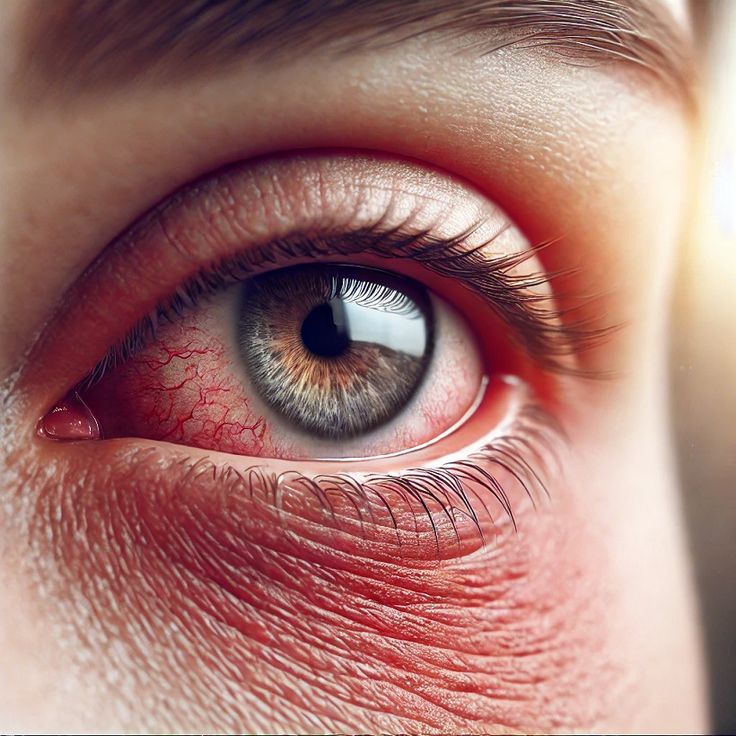Dry Eye Disease

What is Dry Eye Disease?
Dry Eye Disease occurs when the eyes are unable to maintain a healthy layer of tears to keep their surface properly lubricated. Tears, produced by various glands in and around the eyes, play a crucial role in keeping the eyes moist, the cornea clear and glossy, and ensuring smooth movement of the eyelids across the surface of the eye. Normally, this process is so seamless that we don’t even notice our blinking.
However, when tear production decreases or the composition of tears becomes imbalanced, it leads to dryness on the surface of the eye. This causes irritation, redness, and discomfort. People with dry eyes often feel a constant gritty or burning sensation, sensitivity to light, and an inability to tolerate wind, dry air, or dusty environments. These symptoms can be quite distressing and affect quality of life.
Interestingly, some individuals may even experience excessive watering of the eyes. This is actually a reaction to the dryness—the eye tries to compensate by flooding itself with reflex tears, which unfortunately don’t provide the needed long-term lubrication
This oily layer, produced by the meibomian glands in the eyelids, plays a critical role in preventing rapid evaporation of tears. When these glands become blocked or dysfunctional, the tear film breaks down quickly, leading to dryness and irritation. Managing evaporative dry eye often requires targeted treatments like warm compresses, eyelid hygiene, or in-office procedures to restore proper gland function and stabilize the tear film.
What is Evaporative Dry Eye
Our tear film is made up of three distinct layers that work together to keep the eyes moist and comfortable
- 1. Mucin Layer – This is the innermost layer that helps the tears stick evenly to the surface of the eye, acting like a natural adhesive.
- 2. Aqueous Layer – The middle, watery layer that hydrates the eye and delivers essential nutrients.
- 3. Lipid Layer – The outermost oily layer that sits on top of the tear film, preventing the underlying tears from evaporating too quickly—similar to how oil floats on water to form a seal.
The lipid layer is produced by tiny oil-secreting glands in the eyelids called Meibomian glands. When these glands are blocked or don’t function properly, the oil layer becomes deficient. This leads to quicker evaporation of the tears, making the tear film unstable and resulting in Evaporative Dry Eye.
In simple terms, when the oily protection is lost, tears dry up faster than they should, causing the eyes to feel dry, irritated, and uncomfortable.

What is the most common cause of Evaporative Dry Eye?
The leading cause of Evaporative Dry Eye is dysfunction of the Meibomian glands, which are responsible for producing the oily layer of the tear film. When these glands don’t work properly or become blocked, oil production decreases, leading to faster evaporation of tears. This condition is known as Meibomian Gland
How is Dry Eye Disease diagnosed?
Eye specialists can perform a series of clinical tests and imaging studies to evaluate tear quality, tear film stability, and Meibomian gland health. These assessments help determine if MGD and Evaporative Dry Eye are contributing to the patient’s symptoms.
Boosting Meibomian Gland Oil Flow
- Eyelid Hygiene – Clean lids daily with mild soap and warm water.
- Warm Compress – Use warm cotton or microwaveable masks (e.g., Bruder) to melt thick oils.
- Eyelid Massage – Gently massage eyelids to express oil from glands.
- Punctal Plugs – Block tear drainage to retain moisture on the eye surface.
- BlephEx – In-clinic cleaning of eyelid margins to unblock glands.
- Gland Probing – Use of a fine probe to open scarred or blocked gland openings.
- Mechanical Expression – Manually squeeze glands using forceps to release oil.
- LipiFlow – Advanced treatment using controlled heat and massage to restore gland function.
How is Lipiflow Treatment performed ?
LipiFlow gently warms and massages eyelids to clear blocked oil glands and treat dry eyes.
How Long Does LipiFlow Take?
Expect to spend about an hour at the clinic. The actual LipiFlow treatment lasts around 12 minutes per eye, and both eyes are typically treated simultaneously.
Is LipiFlow a Permanent Solution?
LipiFlow offers long-lasting relief, but it is not a permanent cure. Evaporative Dry Eye is a chronic condition. The effectiveness of the treatment depends on several factors like how advanced the disease is, your age, overall health, and daily habits—especially screen use and eye hygiene.
What Happens if Dry Eye Is Not Treated?
- Increased irritation and discomfort
- Irreversible damage to the Meibomian glands
- Injury to the surface cells of the eye
- Reduced clarity of vision
Want to Know More About Dry Eye Disease
To explore this subject in greater detail, access the full content provided




